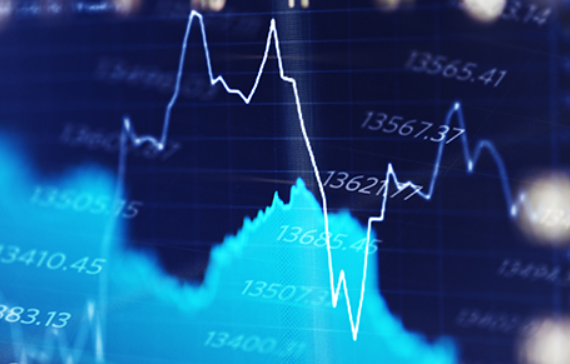Gold prices were headed for another losing session on Tuesday, as investors braced for the outcome of this week’s Federal Reserve meeting and following the lowest settlement since May 18.
Gold for August delivery GC00, -0.55% GCQ22, -0.55% fell $10.90, or 0.6%, to $1,820.40 an ounce. On Monday, the precious metal slid $43.70, or 2.3%, to settle $1,831.80 an ounce on Comex amid after a wide-ranging market selloff sent the S&P 500 SPX, -3.88% into a bear market and bond yields TMUBMUSD10Y, 3.323% surging.
July silver SIN22, -0.05% fell 2 cents, or less than 0.1%, to $21.23 an ounce, after sinking 3.1% to $21.255 an ounce on Monday, the lowest finish since May 13.
A swath of assets swooned on Monday following last week’s U.S. consumer prices that reached a 40-year high of 8.6% year-over-year in May, disappointing those hoping for signs inflation had peaked. The two-day Federal Reserve meeting that ends Wednesday is expected to result in another sharp rise in benchmark interest rates as officials battle to get inflation under control, but risk a recession.
A rate hike of 50 basis points is expected, though some have said the central bank could make a bigger increase.
In U.S. economic data Tuesday, producer prices rose 0.8% in May, meeting forecasts.
U.S. dollar strength DXY, -0.02% pared somewhat after Monday’s surge. Dollar-denominated gold prices tend to pressure the metal, while rising Treasury yields raise the opportunity cost of holding nonyielding assets like gold. The yield on the two-year Treasury yields TMUBMUSD02Y, 3.296% were climbing as expectations were rising for a 75 basis point hike.
The ICE U.S. Dollar Index DXY, -0.04%, a measure of the currency against a basket of six major rivals, was up 0.7%, trading near a 20-year high.
Gold is now reflecting a loss of just under 1% for the year, owing to recent selloffs. The metal had maintained a small gain, thanks to support from purchases by gold exchange-traded funds (ETFs), with net inflows of 8 million ounces since the start of January, taking holdings to 118 million ounces, said a team of Berenberg analysts led by Oliver Grewcock, in a note.
That demand has countered slowing demand from key Asian physical markets such as China, owing to “zero-COVID-19 policies” and India. “These markets are more price sensitive and seasonal with Indian demand typically peaking in Q4 around the wedding season and festival of Diwali, and Chinese demand peaking in December/January ahead of the Lunar New Year,” he said.
Gold will need those ETF inflows to keep coming in to offset weaker physical demand the analyst said.
“Within this context, the decision on rates by the Federal Open Market Committee (FOMC) on Wednesday is therefore key for the metal as an above-50bp hike would make a nonyielding asset, such as gold, less attractive, especially if accompanied by hawkish commentary,” he said.
“Despite this, we believe that on a relative basis, gold remains attractive in a negative real rate environment with elevated security risks,” they said.

